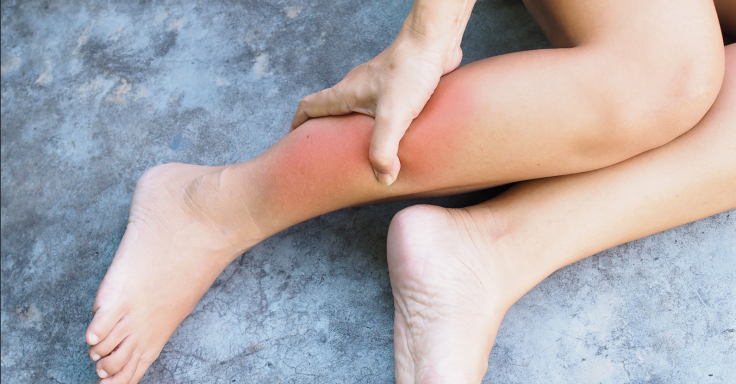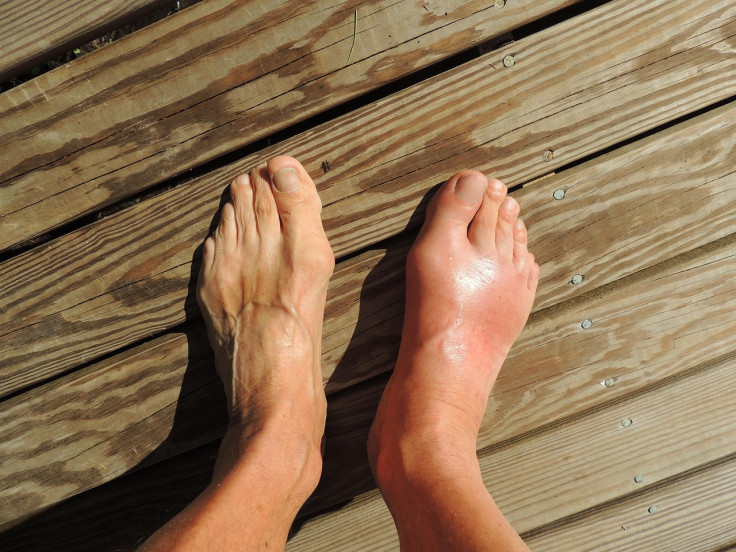Is Chronic Venous Insufficiency Fatal? Trump's Chronic Disease Explained - Causes, Symptoms, and Treatments
At present, there is no indication that the US president's condition poses a serious risk.

US President Donald Trump has been diagnosed with chronic venous insufficiency (CVI), a condition that affects blood flow in the legs.
The White House confirmed on Thursday that Trump, 79, underwent medical evaluations after experiencing mild swelling in his lower legs. According to a letter from White House physician Capt. Sean Barbabella, Doppler ultrasound scans revealed chronic venous insufficiency, a relatively common issue in older populations.
'There was no evidence of deep vein thrombosis or arterial disease,' Barbabella noted. 'President Trump remains in excellent health.' Trump reportedly had no discomfort, and further tests, including an echocardiogram, ruled out more serious conditions such as heart failure or kidney issues.
What Is Chronic Venous Insufficiency?
According to health experts, chronic venous insufficiency (CVI) occurs when the valves in the veins of the legs do not function properly, resulting in poor blood return to the heart. As a result, blood can pool in the lower limbs, causing swelling, pain, and changes in skin appearance over time. President Trump is reportedly experiencing a similar kind of pain in the lower part of his left leg.

The condition is not considered life-threatening on its own. However, it can lead to complications, such as skin ulcers or infections, particularly if left untreated or if associated with other cardiovascular conditions.
Dr Jeremy Faust, an emergency medicine specialist at Harvard Medical School, told CNN, 'It's basically not alarming information, and it's not surprising. This is a pretty normal part of ageing, especially for someone in the overweight to obese category.'
What Causes CVI and Who's at Risk?
Health experts say that CVI is more likely to develop in people over the age of 50 and is commonly linked to ageing, obesity, inactivity, and prolonged standing or sitting. Other risk factors include a history of deep vein thrombosis (DVT), varicose veins, or a family history of venous disease.
Dr Chris Pernell, a public health expert, explained, 'If a person is older, overweight, not engaging in regular activity, or sitting or standing for long periods, you can get chronic venous insufficiency. And while it is not life-threatening, it can be debilitating.'
Cardiologist Dr Bernard Ashby also stressed that the underlying cause matters. 'Even though he's diagnosed with a benign condition, venous insufficiency by itself doesn't necessarily mean it's benign. The question is, what's causing the venous insufficiency?'
Early Symptoms to Watch For
According to health experts, symptoms of CVI can vary, but typically include:
- Swelling in the lower legs or ankles
- A heavy or aching sensation in the legs
- Varicose veins
- Itchy or discoloured skin
- Night-time leg cramps
- In advanced stages, skin ulcers near the ankles

Not everyone with CVI will experience all these symptoms, and early detection is key to effective treatment.
How Is CVI Treated?
According to the Cleveland Clinic, the first step in managing CVI involves conservative measures such as:
- Wearing compression stockings to improve blood flow
- Elevating the legs above heart level
- Maintaining a healthy weight, hence ruling out obesity
- Regular walking and physical activity
If symptoms progress, medical procedures may be considered, including sclerotherapy (to close affected veins), laser ablation, or surgery in more severe cases.
Is CVI a Serious Threat to Trump's Health?
At present, there is no indication that the US president's condition poses a serious risk to his health. His test results were within normal limits, and the White House has stated he is experiencing no discomfort. The condition is being managed as part of his routine care.
Meanwhile, when it comes to the disease, CVI cannot be cured, but with appropriate management and care, most people, including high-profile patients like Donald Trump, can continue normal daily activities without major interruption.
© Copyright IBTimes 2025. All rights reserved.





















